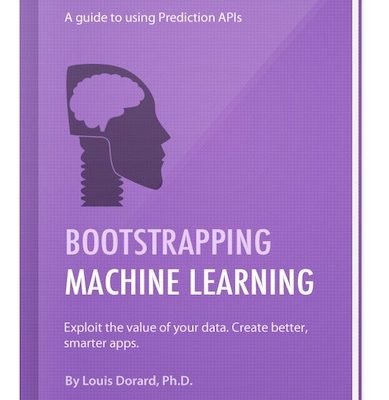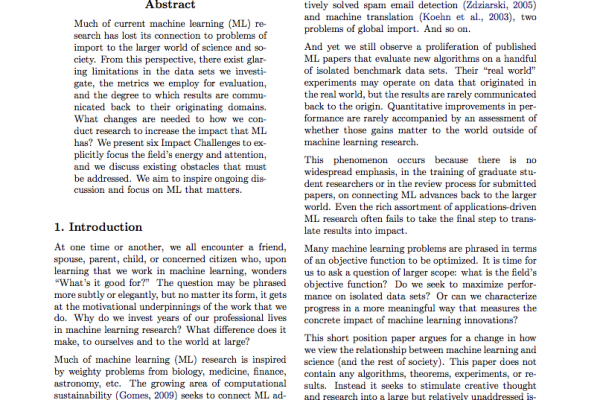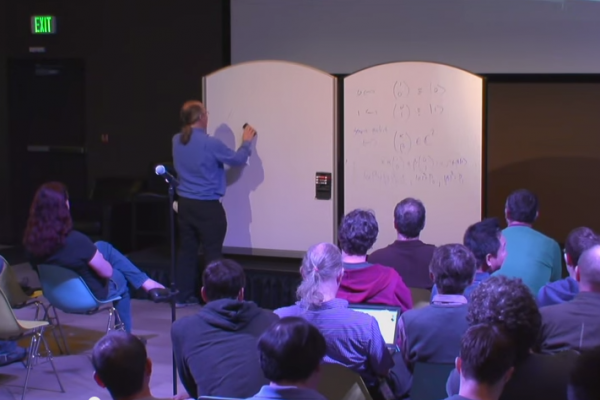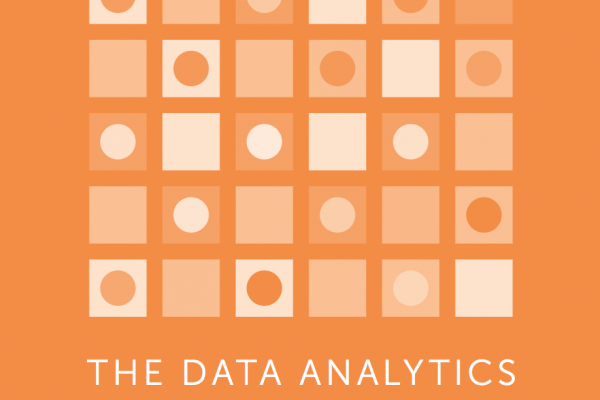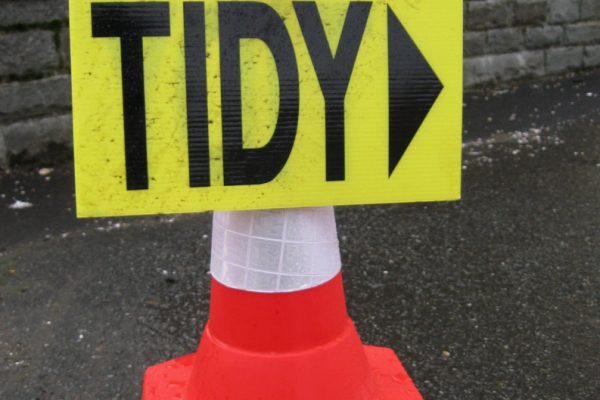Lessons for Machine Learning from Econometrics
Last Updated on August 15, 2020 Hal Varian is the chief economist at Google and gave a talk to Electronic Support Group at EECS Department at the University of California at Berkeley in November 2013. The talk was titled Machine Learning and Econometrics and was really focused on what lessons the machine learning can take away from the field of Econometrics. Hal started out by summarizing a recent paper of his titled “Big Data: New Tricks for Econometrics” (PDF) which […]
Read more
